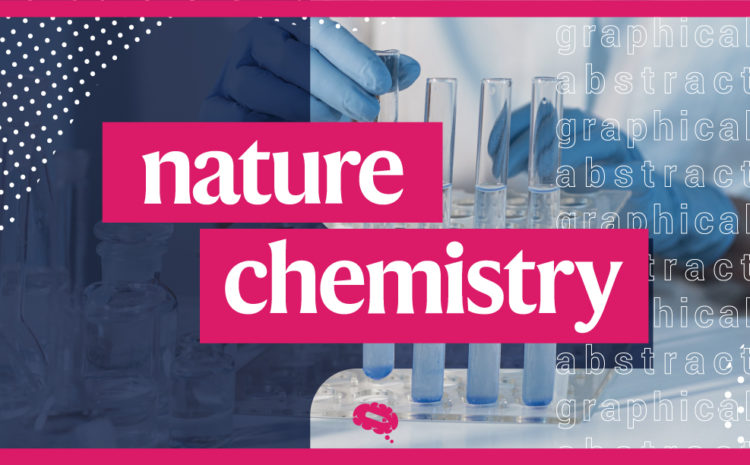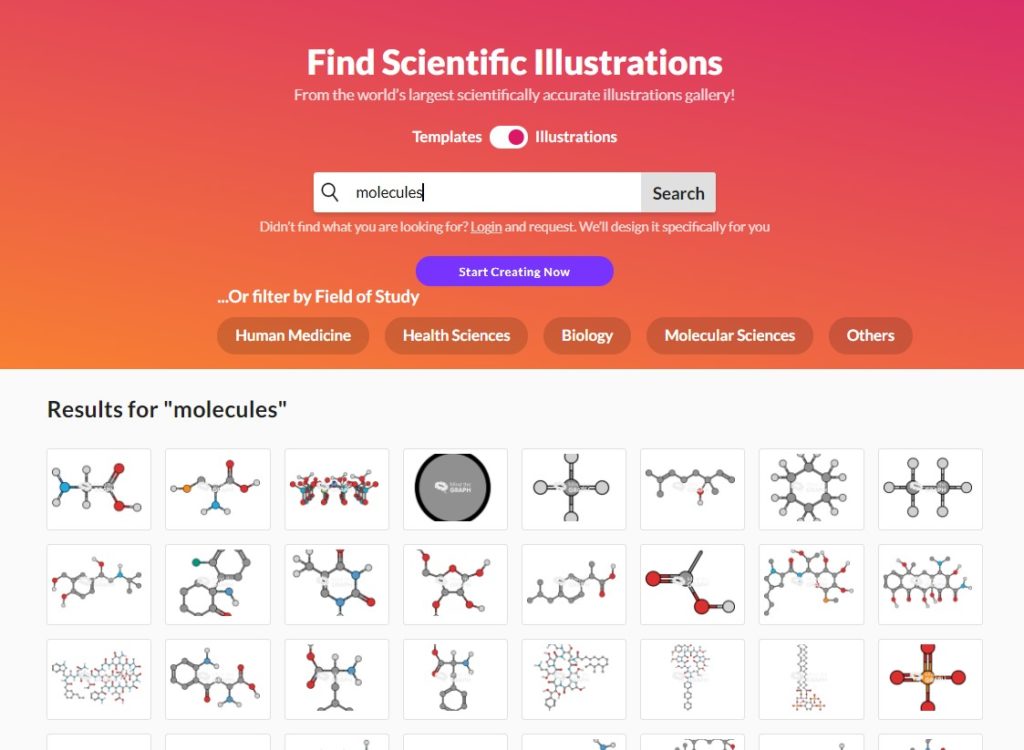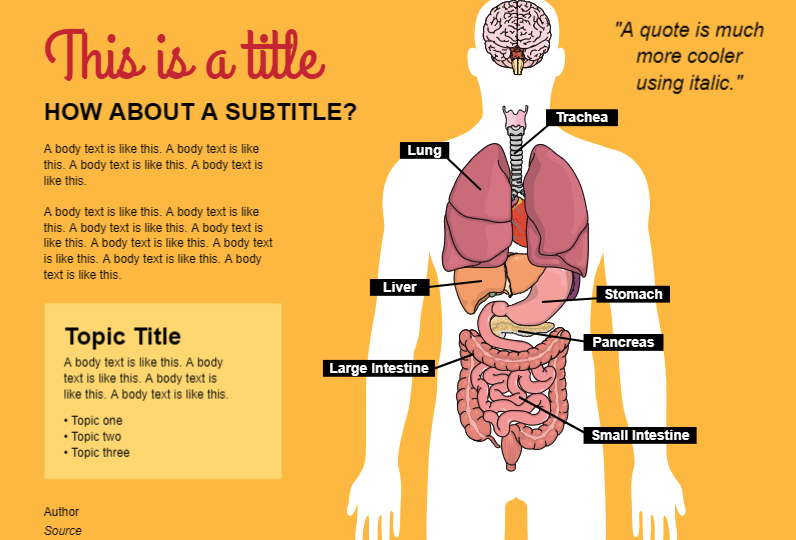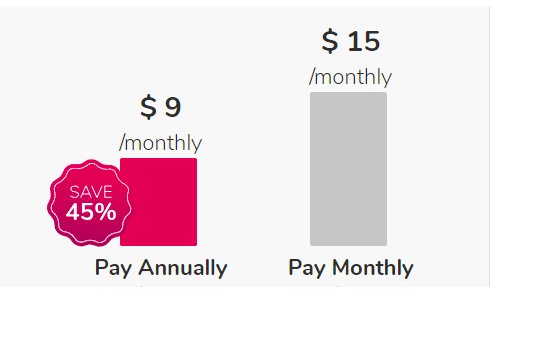Graphical Abstracts and Nature Chemistry
Presenting scientific articles in a new and innovative way to readers has been one of the scientific publishers’ main goals in the web technologies era. And graphical abstracts are a great way to accomplish that.
Currently, from Nature Portfolio, only Nature Chemical Biology and Nature Chemistry publish their articles with graphical abstracts.
An article “The art of abstracts” published by Nature Chemistry in August 2011 mentions that the use of graphical abstracts (at least in chemistry journals) pre-dates the internet.
The article reports that graphical abstracts appeared for the first time in a chemistry journal in 1976, in the German-language Angewandte Chemie, and later in the same journal but the international edition in 1977. “To the best of my knowledge, Angewandte Chemie was the first to provide this feature”, says Peter Gölitz, the Editor-in-Chief of the journal since 1982.
It was about that time that journals started to change their cover picture. However, many chemistry journals still kept their covers unchanged for many years. According to the article, this change took years due to the conservative nature of this industry.
The Tetrahedron Letters, an Elsevier’s leading platform of peer-reviewed scholarly literature, embraced graphical abstracts only in 1986. It wasn’t until 1994 that graphical abstracts mark presence in the pages of Chemical Communications. Meanwhile, readers of the Journal of the American Chemical Society (JACS) waited until 2002 to see graphical abstracts.
Of all the fields, Chemistry was one of the first to embrace graphical abstracts, and that was not by chance. Chemistry is a visual subject, their sub-disciplines, such as organic, inorganic, and even though biochemistry, are very related to molecules structures and their various possible forms.
A simples chemical reaction can have at least two different molecules interacting and changing through a certain mechanism, passing through more than one intermediates structure. Explain this using only words could be not only difficult but also a very complex task. It may take a long text to explain the reaction and even not deliver all the information needed.
Isn’t that the right, chemists?
So, don’t be afraid to create and use graphical abstracts!
At Mind the Graph you have an amazing molecule library for you to use.
What graphical abstracts can do for my research?
The graphical abstract must be eye-catching and, at the same time, simple to interpret.
The article “The art of abstracts” explains that “One of the main aims of a graphical abstract is to distill the take-home message of an article into an image that is not too cluttered, somewhat eye-catching, and relatively simple to interpret”.
Invest in a graphical abstract for your research can enhance the online browsing of your article, increasing the visibility of your research, plus the number of reads and citations.
Nature Guidelines
You can find everything you need to know on Nature Chemistry, Preparing your Submission page to create your graphical abstract. But to make your life easier, we brought that over here for you to see. Check out below:
- The graphical abstract may contain chemical structures or images;
- Textual statements should be kept to a minimum;
- Colour graphical abstracts are encouraged and will be published at no additional charge;
- The image must be sized to fit in a rectangle of dimensions 90 mm wide × 50 mm high;
- The graphic should be submitted as a single file using a standard file format and will be published in the table of contents in print and online;
- All graphical abstracts should be presented with a white background, and imagery should fill the available width whenever possible.
A few tips in here are:
- Careful with the size of your chemical structure. If you add a small image, you may lose important information in a haze of bonds and atom labels.
- A clear schematic can be more useful for physical chemistry articles than a graph or other raw data.
Graphical Abstracts created using Mind the Graph
We would like to share with you this amazing and beautiful graphical abstract created using Mind the Graph.
The image was created by the Becker Laboratory, for the article “Metabolic regulation of gene expression by histone lactylation“, published by Nature, on October 2019.

The study suggests that “an endogenous ‘lactate clock’ in bacterially challenged M1 macrophages turns on gene expression to promote homeostasis”. To read the full article, click here.
Graphical Abstracts from Nature Chemistry
If you need inspiration, here are a few graphical abstracts from nature articles to see, and remember, take time to create a great graphical abstract that will only add value to your research.

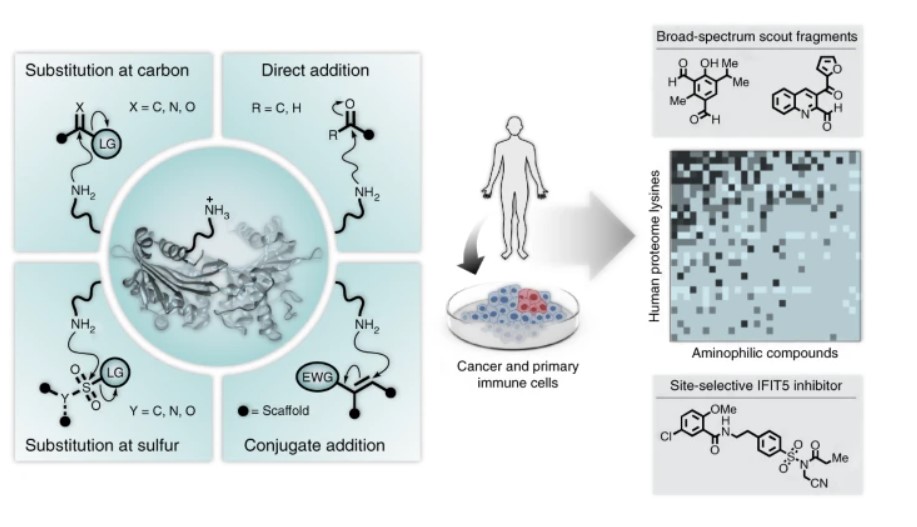




Beautiful, uh? Maybe in the future Nature will start presenting graphical abstracts in all its Portfolio.
For more information, visit the Nature Chemistry / Preparing your Submission page here, and be sure to see all the guidelines for resolution requirements.
Ready to start your graphical abstract? Mind the Graph is waiting for you!
Click here to start your creation!

Subscribe to our newsletter
Exclusive high quality content about effective visual
communication in science.

